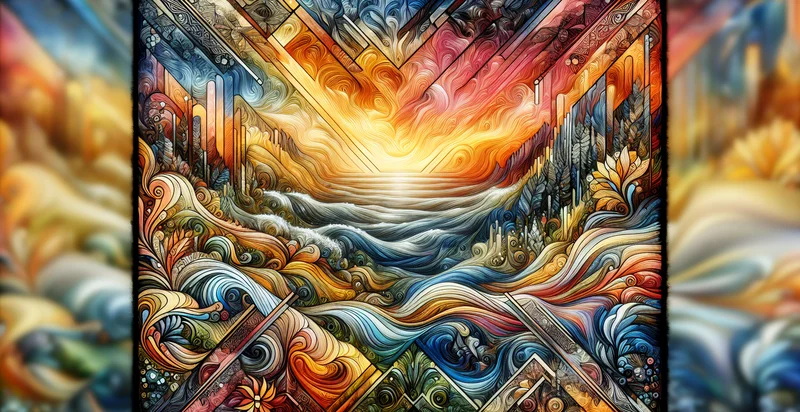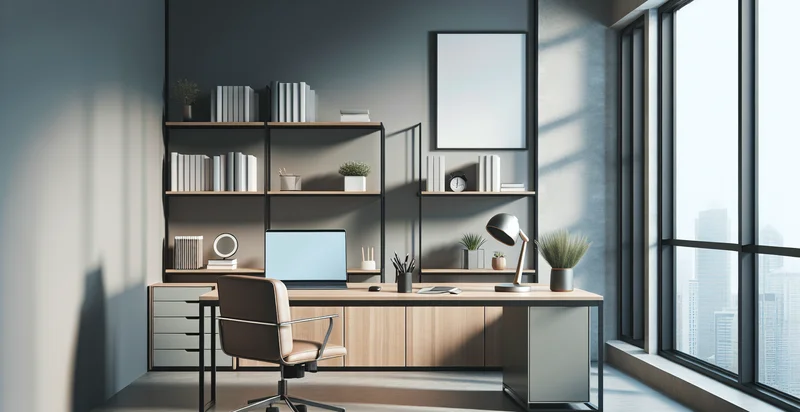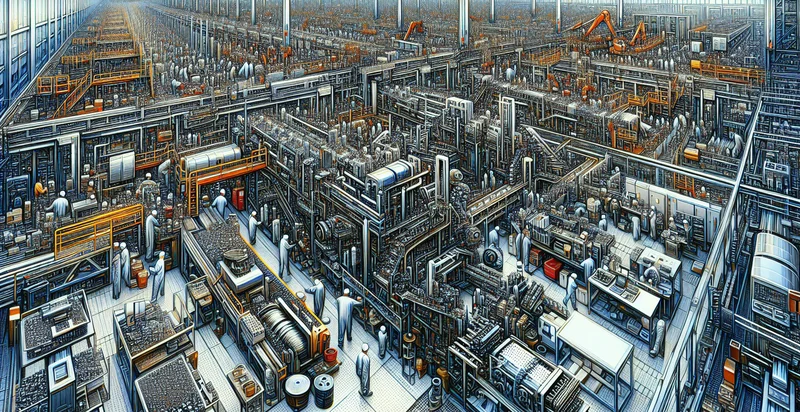Identify background pattern
using AI
Below is a free classifier to identify background pattern. Just upload your image, and our AI will predict what background pattern it is - in just seconds.

Contact us for API access
Or, use Nyckel to build highly-accurate custom classifiers in just minutes. No PhD required.
Get started
import nyckel
credentials = nyckel.Credentials("YOUR_CLIENT_ID", "YOUR_CLIENT_SECRET")
nyckel.invoke("background-pattern", "your_image_url", credentials)
fetch('https://www.nyckel.com/v1/functions/background-pattern/invoke', {
method: 'POST',
headers: {
'Authorization': 'Bearer ' + 'YOUR_BEARER_TOKEN',
'Content-Type': 'application/json',
},
body: JSON.stringify(
{"data": "your_image_url"}
)
})
.then(response => response.json())
.then(data => console.log(data));
curl -X POST \
-H "Content-Type: application/json" \
-H "Authorization: Bearer YOUR_BEARER_TOKEN" \
-d '{"data": "your_image_url"}' \
https://www.nyckel.com/v1/functions/background-pattern/invoke
How this classifier works
To start, upload your image. Our AI tool will then predict what background pattern it is.
This pretrained image model uses a Nyckel-created dataset and has 32 labels, including Abstract, Animal Print, Bi-Color, Camouflage, Checker, Checkerboard, Damask, Dots And Lines, Floral and Geometric.
We'll also show a confidence score (the higher the number, the more confident the AI model is around what background pattern it is).
Whether you're just curious or building background pattern detection into your application, we hope our classifier proves helpful.
Related Classifiers
Need to identify background pattern at scale?
Get API or Zapier access to this classifier for free. It's perfect for:
- Quality Control in Manufacturing: Implement the background pattern identifier to assess product images during manufacturing processes. By detecting inconsistencies in background patterns, manufacturers can ensure that products are photographed under standardized conditions, thereby improving the quality of their visual marketing materials.
- E-commerce Image Optimization: Utilize the false image classification function to evaluate and categorize product images based on their backgrounds. This helps e-commerce platforms maintain a cohesive appearance on their websites, as they can automatically filter out images with distracting or inconsistent backgrounds.
- Targeted Advertising: Advertisers can use the background pattern identifier to analyze existing ad images and discover which backgrounds drive the most engagement. By identifying patterns associated with high-performing ads, marketers can optimize their visual content to match successful background styles for future campaigns.
- Art and Design Curation: Art galleries and design platforms can employ this function to classify artworks or digital designs by their background patterns. This aids curators in filtering and grouping artworks that share similar aesthetic elements, enhancing the user experience for browsing collections.
- Social Media Content Moderation: Social media platforms can implement this function to automatically review and classify user-generated images. By identifying problematic or irrelevant background patterns, they can effectively moderate content, ensuring that shared images align with community guidelines.
- Sentiment Analysis in News Articles: News organizations can integrate the background pattern identifier to analyze images accompanying articles. By examining background patterns, they can obtain insights into the emotional undertones of the visuals, potentially correlating them with audience sentiment towards specific news stories.
- Virtual Reality (VR) Environment Customization: VR developers can leverage the function to classify and standardize backgrounds within virtual environments. By ensuring that background patterns are consistent and visually appealing across different scenes, developers can enhance user immersion and overall experience in virtual spaces.


